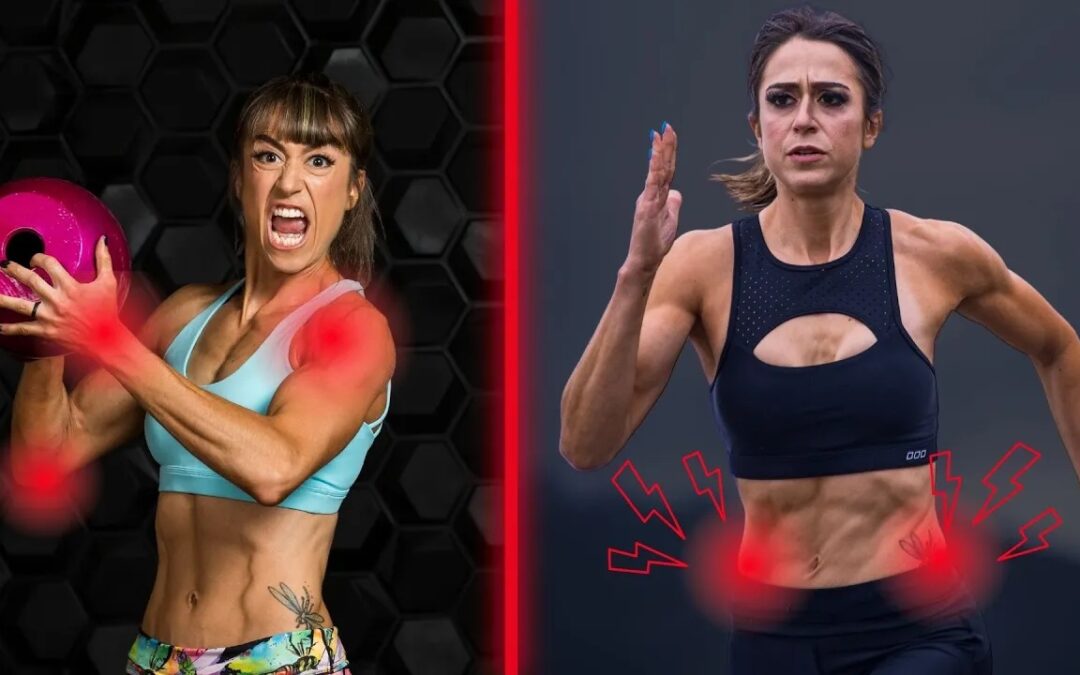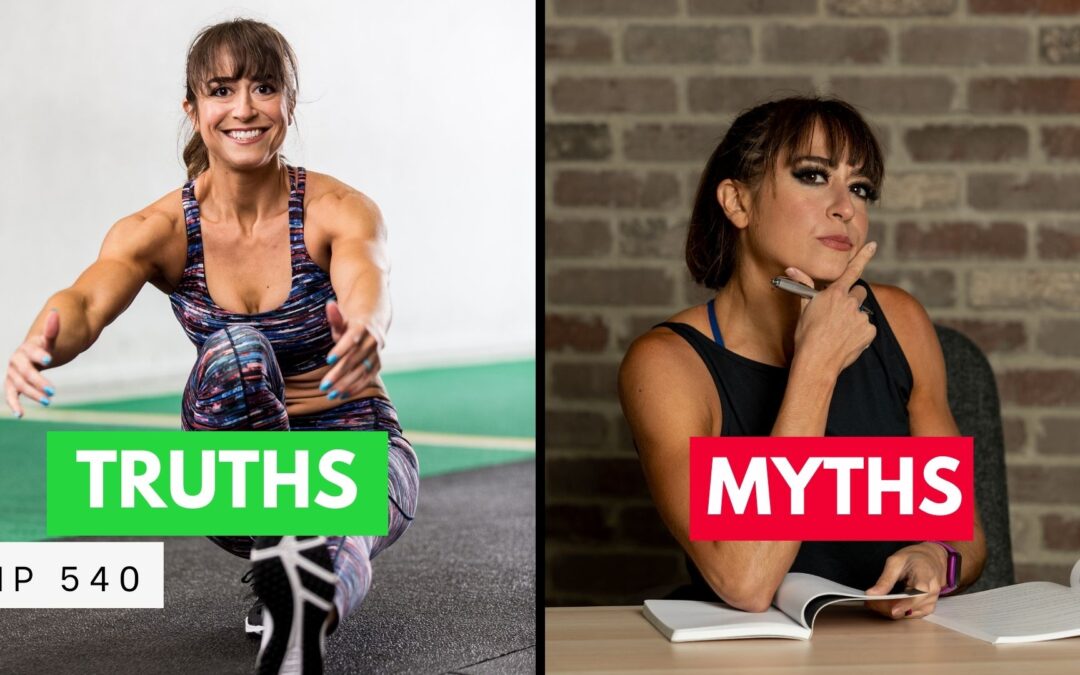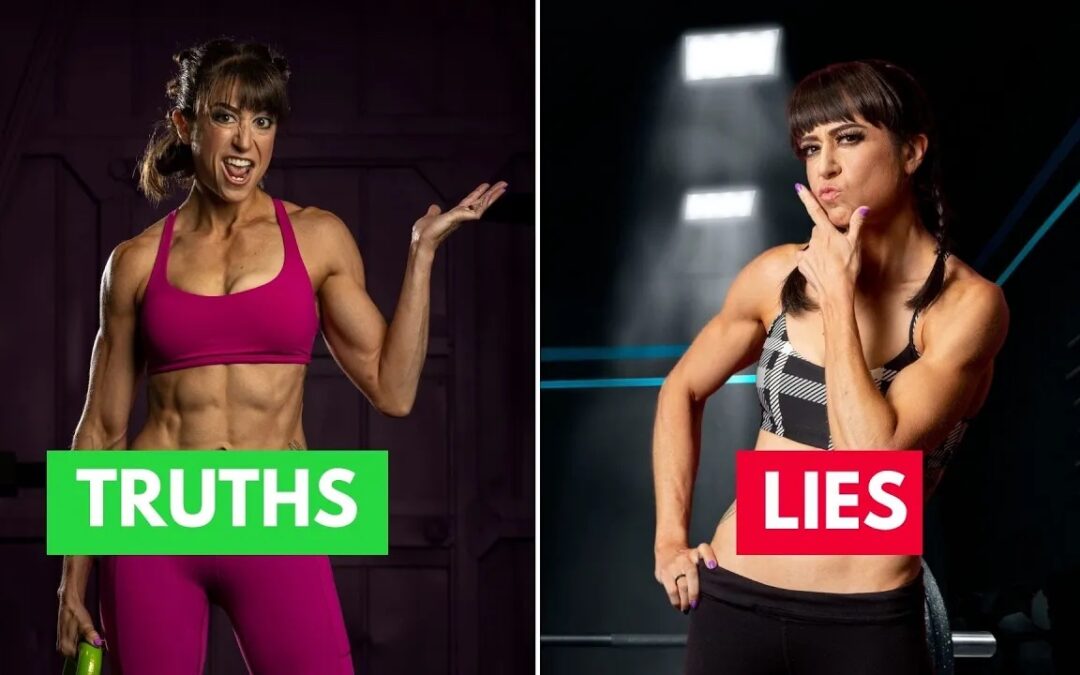
by Cori Lefkowith | Oct 26, 2023 | podcast
You can’t stop getting older. But you can DEFINE HOW YOU AGE. Our body will change. Our needs and goals will evolve. But getting older doesn’t have to mean decline. We can lead our healthiest, happiest lives at any and every age as long as we embrace evolution to meet...

by Cori Lefkowith | Oct 22, 2023 | Blog, Exercises, Foam Rolling, Functional Fitness, Pain Relief
Injuries suck. No one likes them. No one wants them. And they only seem to add up more and more the older we get. I’ve personally suffered from far too many of them because of ego and stupid mistakes. Mistakes I want to help you avoid. That’s why in this video I’m...

by Cori Lefkowith | Oct 15, 2023 | Blog, Diet
“I just can’t eat more protein!” “It’s impossible to hit my recommended protein intake!” If you’re starting to adjust your diet to lose fat and build muscle, often your first focus should be on increasing your protein intake. But it’s a hard thing to do. It can feel...

by Cori Lefkowith | Oct 10, 2023 | podcast, Uncategorized
There are lots of different opinions and perspectives out there. And while I think this is a good thing, it can also lead to us creating beliefs and habits that don’t serve us. That’s why in this episode I’m excited to chat with RS coach Cathy about some common diet...

by Cori Lefkowith | Oct 9, 2023 | Blog, Exercises, Functional Fitness, Mindset, Workouts
The best way to feel and look old really quickly is to stop doing all the things that kept you healthy. Too often we hit an age that we deem “old” and stop pushing ourselves the way we used to in our training. Heck I even found an article on WebMD about exercises to...






